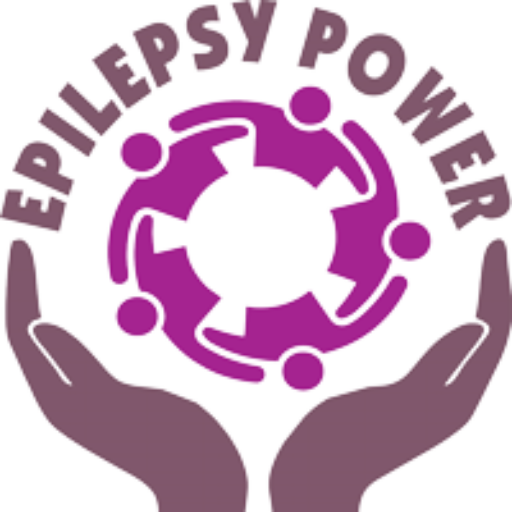- Introduction
- Section 1: Understanding Social Communication
- Section 2: Recognizing Barriers to Effective Communication
- Section 3: Active Listening Skills
- Section 4: Non-Verbal Communication
- Section 5: Emotional Intelligence
- Section 6: Overcoming Communication Anxiety
- Section 7: Effective Conflict Resolution
- Section 8: Building Social Skills in Specific Contexts
- Conclusion
- Quiz
Content:
In this section, you will learn the importance of active listening and how it contributes to effective communication. You will explore techniques for active listening, such as paraphrasing, asking clarifying questions, and providing feedback.
Tasks:
Practice active listening skills with a partner using a structured conversation exercise.
Reflect on the impact of active listening on your understanding and relationship building.
Active listening is a fundamental component of effective social communication. It involves fully engaging with the speaker, paying close attention to their words, and demonstrating genuine interest in understanding their message. Active listening goes beyond passive hearing; it requires active participation and a commitment to understanding the speaker’s perspective. This skill plays a crucial role in building strong relationships, resolving conflicts, and fostering a deeper understanding of others.
The importance of active listening in social communication cannot be overstated. It creates an environment of respect and validation, as the listener demonstrates a sincere interest in the speaker’s thoughts and feelings. Active listening helps establish trust, as individuals feel heard and understood. By actively listening, individuals can gather accurate information, gain insights into others’ perspectives, and form more informed responses. Active listening also enhances the quality of communication, as it reduces the likelihood of misunderstandings and promotes effective problem-solving.
Improving active listening skills requires conscious effort and practice. Here are some strategies that can help enhance active listening:
Maintain eye contact: Making and maintaining eye contact shows attentiveness and signals to the speaker that you are fully engaged in the conversation. It demonstrates respect and interest in what they have to say.
Paraphrase: Paraphrasing involves restating the speaker’s message in your own words. This technique allows you to confirm your understanding of the message and shows the speaker that you are actively processing the information. It also provides an opportunity for the speaker to clarify or expand on their thoughts.
Ask clarifying questions: Asking thoughtful questions helps clarify any ambiguities or uncertainties in the speaker’s message. It shows that you are genuinely interested in understanding their perspective and encourages them to provide further details or explanations. Clarifying questions can also help uncover underlying emotions or motivations.
Reflect on non-verbal cues: Pay attention to the speaker’s non-verbal cues, such as facial expressions, body language, and tone of voice. These cues provide additional information about the speaker’s emotions and can help you better understand the context and meaning of their message. Being aware of non-verbal cues enhances your overall understanding and empathy.
Minimize distractions: Create a conducive environment for active listening by minimizing distractions. Turn off or silence electronic devices, find a quiet space, and give your full attention to the speaker. Avoid interrupting or multitasking, as these behaviors hinder active listening and can be perceived as disrespectful.
Empathy plays a significant role in active listening. It involves the ability to understand and share the emotions and perspectives of others. By practicing empathy, you demonstrate a genuine concern for the speaker’s experiences and emotions, fostering a deeper connection and understanding. Empathy allows you to go beyond surface-level listening and truly grasp the underlying emotions and motivations behind the speaker’s words. It creates a safe and supportive space for open communication, where individuals feel valued and validated.
Active listening with empathy has numerous benefits for relationships and understanding. It helps build trust and rapport, as individuals feel heard and understood. It promotes effective problem-solving and conflict resolution by allowing for a more accurate and comprehensive understanding of different viewpoints. Active listening with empathy also strengthens emotional connections and enhances overall relationship satisfaction.
In conclusion, active listening is a vital skill in social communication. It involves fully engaging with the speaker, utilizing strategies such as maintaining eye contact, paraphrasing, and asking clarifying questions. Active listening, coupled with empathy, fosters understanding, strengthens relationships, and promotes effective communication. By continuously honing active listening skills and cultivating empathy, individuals can enhance their social interactions and deepen their connections with others.
